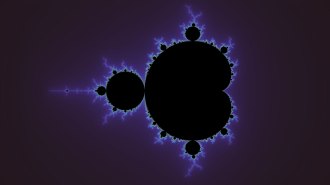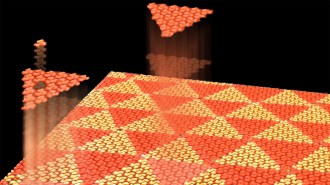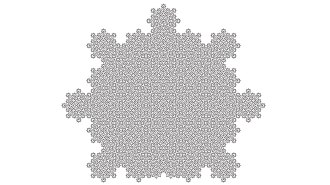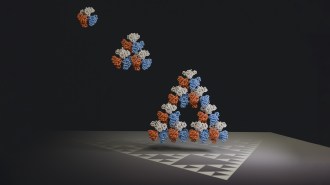- More than 2 years ago
In studying whole numbers, mathematicians have discovered a variety of surprising patterns.
One of the most important results of elementary number theory is the so-called law of quadratic reciprocity, which links prime numbers (those evenly divisible only by themselves and one) and perfect squares (whole numbers multiplied by themselves).
For a positive integer, d, the law describes the primes, p, for which there exists a number x such that dividing the square of x by p gives the same remainder as dividing d by p. For example, if p is 23 and d is 3, there’s a solution when x is 7. Dividing 72, or 49, by 23 leaves the remainder 3, as does dividing 3 by 23. The law specifies the relationship that must hold between p and d for an x to exist.
Mathematicians have sought to generalize the law to cover cases such as when the numbers are not squares but cubes or larger powers. In the late 1960s, Robert Langlands, now at the Institute for Advanced Study in Princeton, N.J., described how such reciprocity laws might work in a general context in number theory, in which integers represent a special case.
Michael Harris of the University of Paris VII and Richard Taylor of Harvard University recently proved this conjecture, called the “local Langlands correspondence.” It was also independently established as a theorem shortly afterward by Guy Henniart of the University of Paris—South.
The proof of the theorem “in full generality represents a milestone in algebraic number theory,” mathematician Jonathan Rogawski of the University of California, Los Angeles remarks in the January Notices of the American Mathematical Society.






